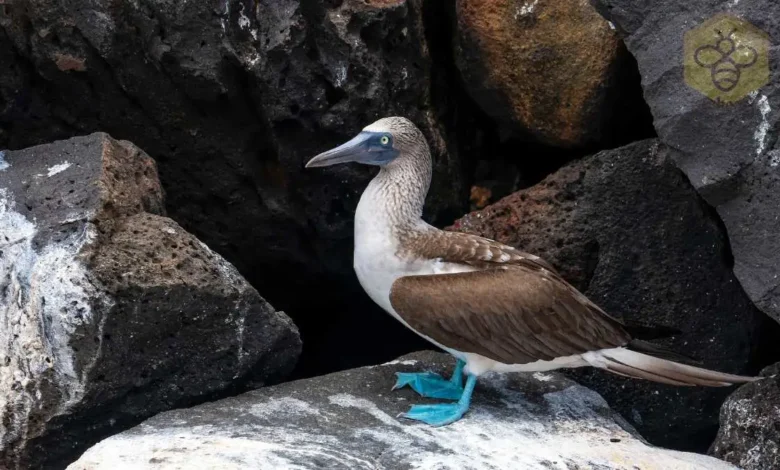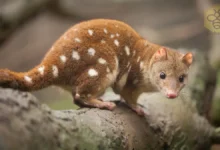Booby: A Unique and Adaptive Seabird

Booby: A Unique and Adaptive Seabird
Booby
Introduction
The Booby is a fascinating seabird known for its peculiar name and remarkable traits. Belonging to the Sulidae family, these birds are celebrated for their impressive diving skills and amusing courtship displays. Found in tropical and subtropical regions, Boobies are an iconic part of many coastal ecosystems, playing an essential role in maintaining ecological balance.
Scientific Overview
Scientific Name
Genus: Sula (various species, e.g., Sula nebouxii for the Blue-footed Booby)
Common Name
Booby
Scientific Classification
Types of Boobies
The Booby family includes several notable species, such as:
- Blue-footed Boobies (Sula nebouxii)
- Red-footed Booby (Sula sula)
- Brown Boobies (Sula leucogaster)
- Nazca Boobies (Sula granti)
- Masked Boobies (Sula dactylatra)
Habitat and Distribution
Preferred Habitats
Boobies are primarily marine birds, often found in:
- Coastal cliffs
- Offshore islands
- Tropical and subtropical oceans
Geographic Range
Boobies are widespread, inhabiting areas such as:
- Galápagos Islands (notably Blue-footed Booby)
- Caribbean coasts
- Pacific and Indian Oceans
Physical Characteristics
Size and Weight
- Length: 25–35 inches (64–89 cm)
- Wingspan: 4.5–5 feet (137–152 cm)
- Weight: 1.5–3.3 pounds (0.7–1.5 kg)
Appearance
- Feet: Distinctive coloring (e.g., bright blue or red, depending on the species).
- Plumage: Brown, white, or a mix, varying by species.
- Bill: Long and pointed, ideal for catching fish.
Diet and Feeding Habits
Primary Diet
Boobies are piscivorous, feeding mainly on:
- Fish (e.g., sardines, anchovies)
- Squid
Hunting Techniques
- Famous for their dramatic plunge-dives from great heights.
- Use sharp eyesight to spot prey underwater.

Predators and Threats
Natural Predators
- Large seabirds (e.g., frigatebirds)
- Sharks (targeting chicks or weakened adults)
Human-related Threats
- Habitat destruction
- Overfishing, reducing prey availability
- Pollution, including plastic ingestion
Reproduction, Chicks, and Lifespan
Breeding Habits
- Monogamous pairs often form during the breeding season.
- Unique courtship displays, such as the Blue-footed Booby’s iconic foot-raising dance.
Chick Development
- Typically lay 1–3 eggs.
- Chicks are altricial, requiring extensive parental care.
Lifespan
Boobies live 15–20 years in the wild, with some species reaching up to 25 years.
Behavior and Lifestyle
Social Structure
- Nest in large colonies during breeding seasons.
- Outside breeding, they are solitary hunters.
Distinctive Traits
- They are known for boldness around humans, likely contributing to their amusing name (from the Spanish word bobo, meaning “foolish”).
Ecological Role
Boobies are vital for ocean ecosystems. Their feeding patterns control fish populations, while their guano enriches coastal soil, benefiting plant growth.
FAQs About Boobies
- Why are they called “Boobies”?
The name derives from the Spanish word bobo, meaning “fool,” referencing their awkward movements on land and bold behavior around humans. - What is the most famous Booby species?
The Blue-footed Booby is perhaps the most iconic, known for its vibrant blue feet and captivating mating dance. - Do Boobies migrate?
Some species, like the Masked Booby, migrate long distances, while others remain near their breeding grounds year-round. - Are Boobies endangered?
While most species are not endangered, threats like habitat loss and overfishing threaten their populations. - What is their primary hunting strategy?
Boobies dive from great heights, plunging into the water at high speeds to catch their prey.
Conclusion
Boobies are much more than their peculiar name—they are agile hunters, devoted parents, and essential components of their ecosystems. From the Blue-footed Booby’s striking feet to the Red-footed Booby’s unique plumage, these seabirds captivate anyone lucky enough to observe them. Protecting their habitats ensures that future generations can continue to marvel at these fascinating creatures.


